A new study has uncovered a startling and potentially consequential flaw in today’s leading artificial intelligence systems: they consistently favor


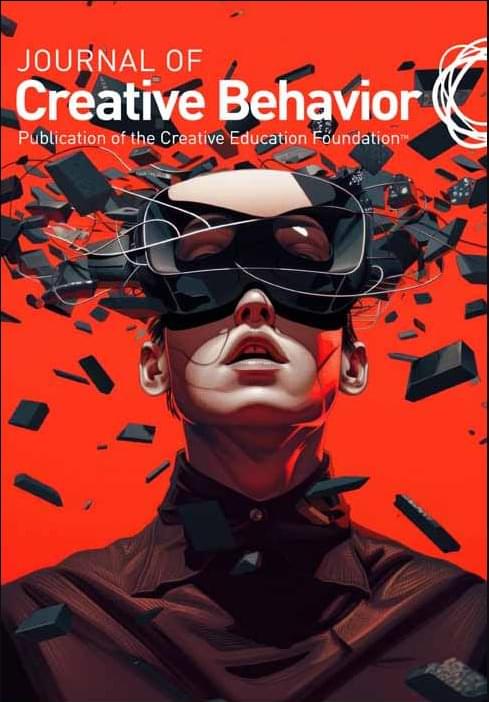
Creativity is the ability to generate original, useful, and meaningful ideas or solutions by combining imagination with knowledge and experience. It involves flexible, divergent thinking and seeing connections that others might overlook.
Artistic creativity refers to expressing ideas, emotions, or concepts through mediums such as painting, music, writing, or performance, emphasizing aesthetic and emotional impact.
Scientific creativity, on the other hand, involves problem-solving, hypothesis generation, and innovative experimentation that can advance knowledge or technology.
The Different Relationships Between Mobile Phone Dependence and Adolescents’ Scientific and Artistic Creativity: Self-Esteem and Creative Identity as Mediators.
Creativity is an essential skill that is at the heart of 21st-century education. Mobile phone use occupies considerable amounts of time in people’s lives and may influence creativity. However, few studies have linked mobile phone dependence (MPD) to adolescents’ domain-specific creativity (science and art). This study investigated the relationship between MPD and the scientific and artistic creativity of 2,922 adolescents (10–15 years old) by using the Test of Mobile Phone Dependence, the Middle School Students’ Everyday Creativity Questionnaire, the Rosenberg Self-Esteem Scale, and the Short Scale of Creative Self, all self-reported measures. Specifically, linear regression analysis and segmented regression analysis were conducted to explore the relationships between MPD and scientific and artistic creativity.
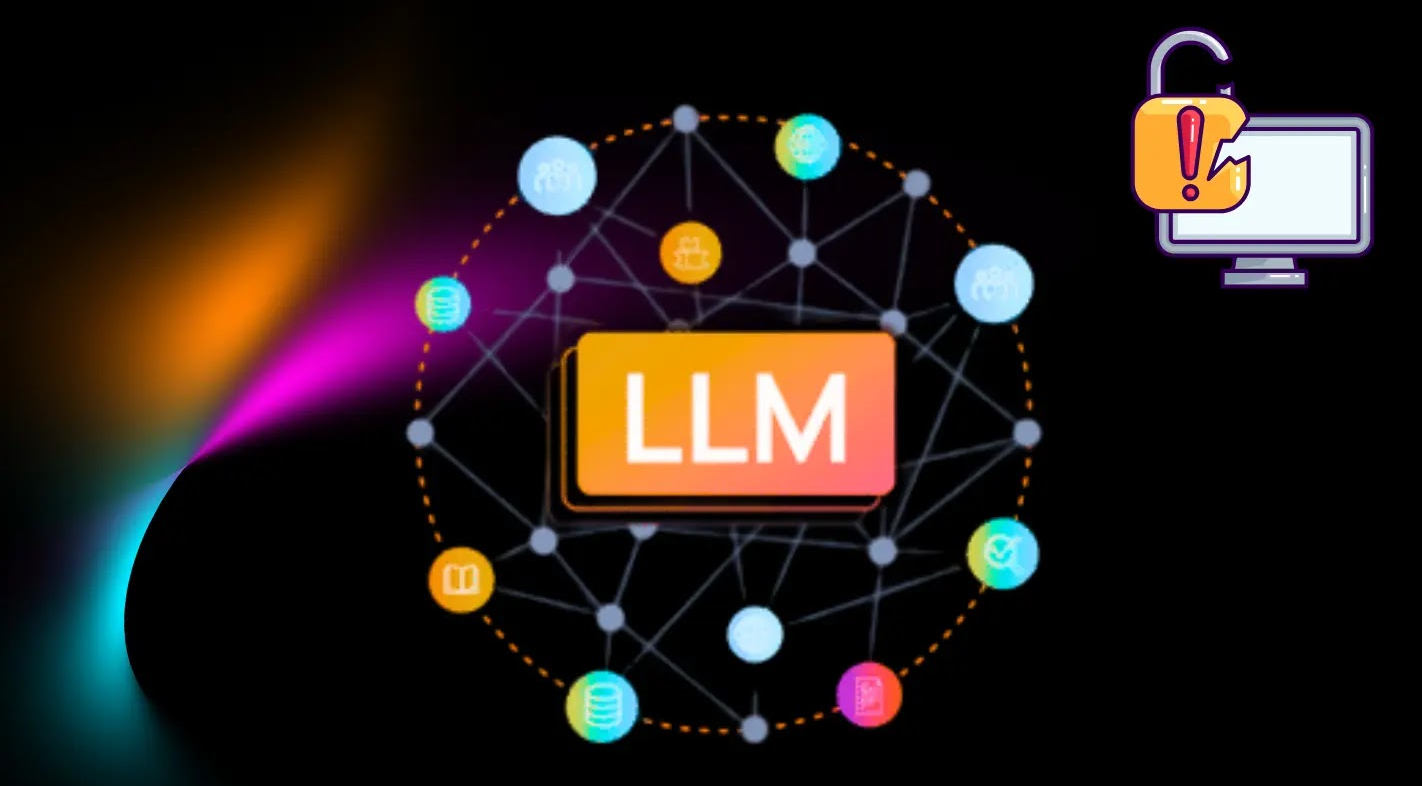
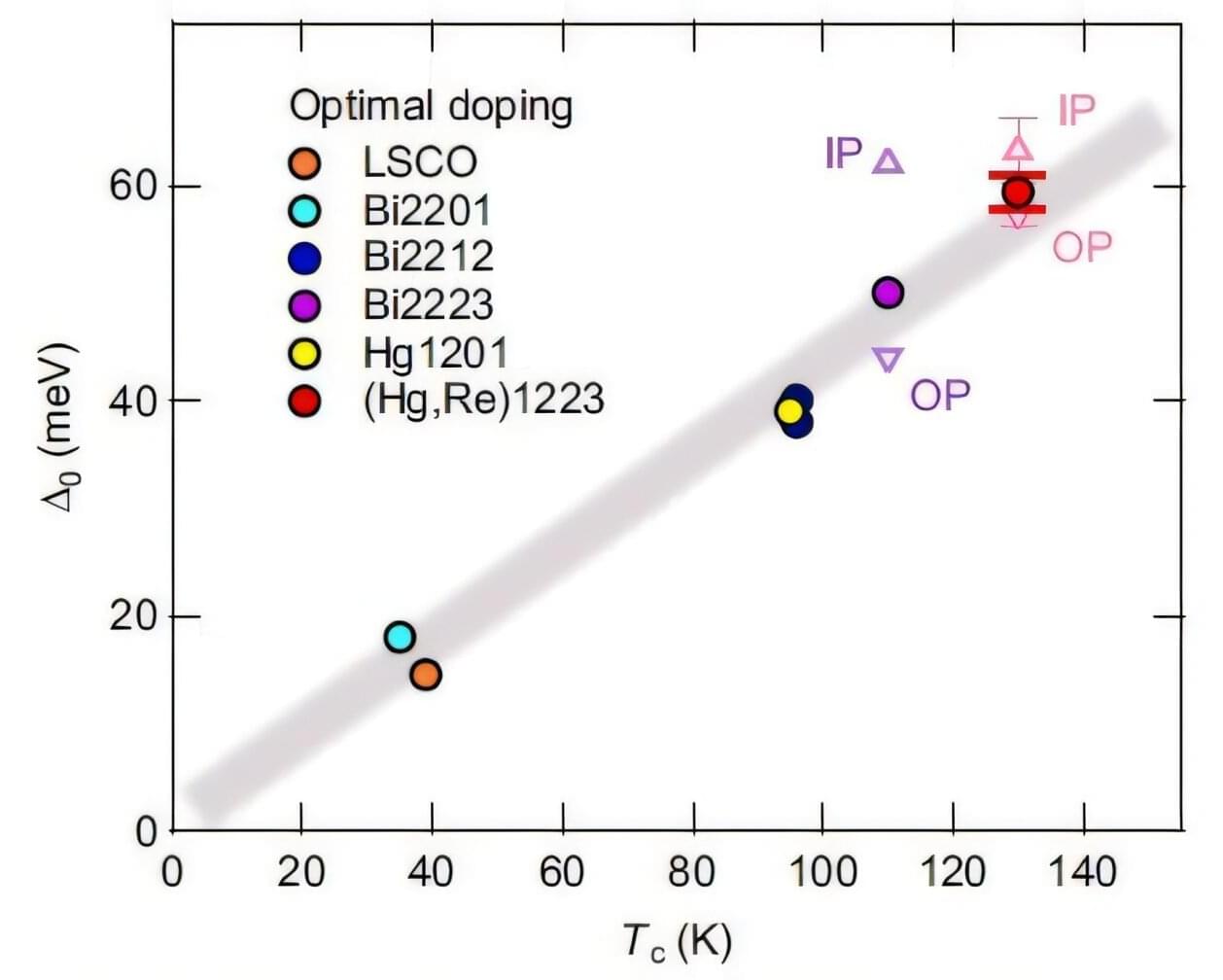
In their quest to explore and characterize high-temperature superconductors, physicists have mostly focused on a material that is not the absolute highest. That’s because that crystal is much easier to split into uniform, easily measurable samples. But in 2024, researchers found a way to grow good crystals that are very similar to the highest temperature superconductor.
Now, many from the same group have analyzed these new crystals and determined why the highest temperature superconductor is indeed higher and what details were missed by looking at the more popular crystal. Their work is published in Physical Review Letters.
The cuprate Bi2223, which at ambient pressure (about 100,000 pascals) superconducts at 110 Kelvin (−163°C), has proven easier to study and specify, even though the similar cuprate Hg1223 superconducts at 134 K.
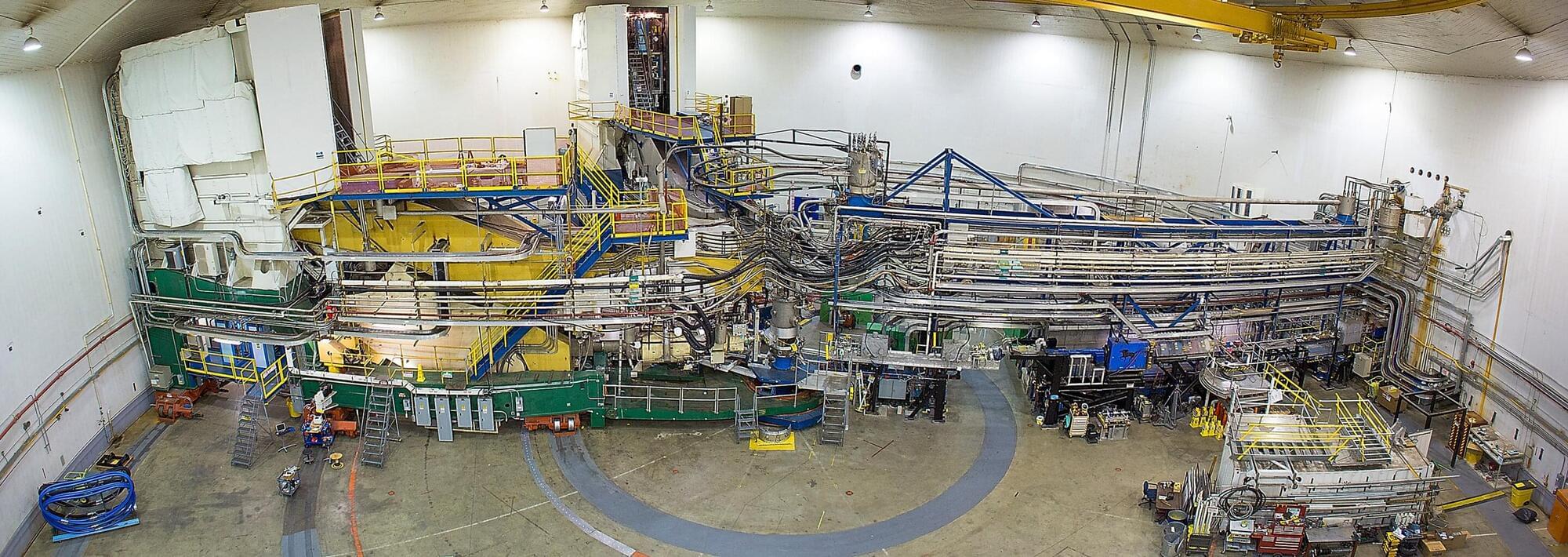
Nucleons, which include protons and neutrons, are the composite particles that make up atomic nuclei. While these particles have been widely studied in the past, their internal structure has not yet been fully elucidated.
These particles are known to consist of three smaller building blocks known as quarks, held together by strong nuclear force carriers called gluons. While a proton is made of two “up” quarks and one “down” quark, a neutron is made of one “up” quark and two “down” quarks.
Inside nucleons, however, one can also find many quark-antiquark pairs that continuously appear and disappear. The distribution of momentum and spin across all the different building blocks of nucleons has not yet been uncovered.

How likely you think something is to happen depends on what you already believe about the circumstances. That is the simple concept behind Bayes’ rule, an approach to calculating probabilities, first proposed in 1763. Now, an international team of researchers has shown how Bayes’ rule operates in the quantum world.
“I would say it is a breakthrough in mathematical physics,” said Professor Valerio Scarani, Deputy Director and Principal Investigator at the Center for Quantum Technologies, and member of the team. His co-authors on the work published on 28 August 2025 in Physical Review Letters are Assistant Professor Ge Bai at the Hong Kong University of Science and Technology in China, and Professor Francesco Buscemi at Nagoya University in Japan.
“Bayes’ rule has been helping us make smarter guesses for 250 years. Now we have taught it some quantum tricks,” said Prof Buscemi.
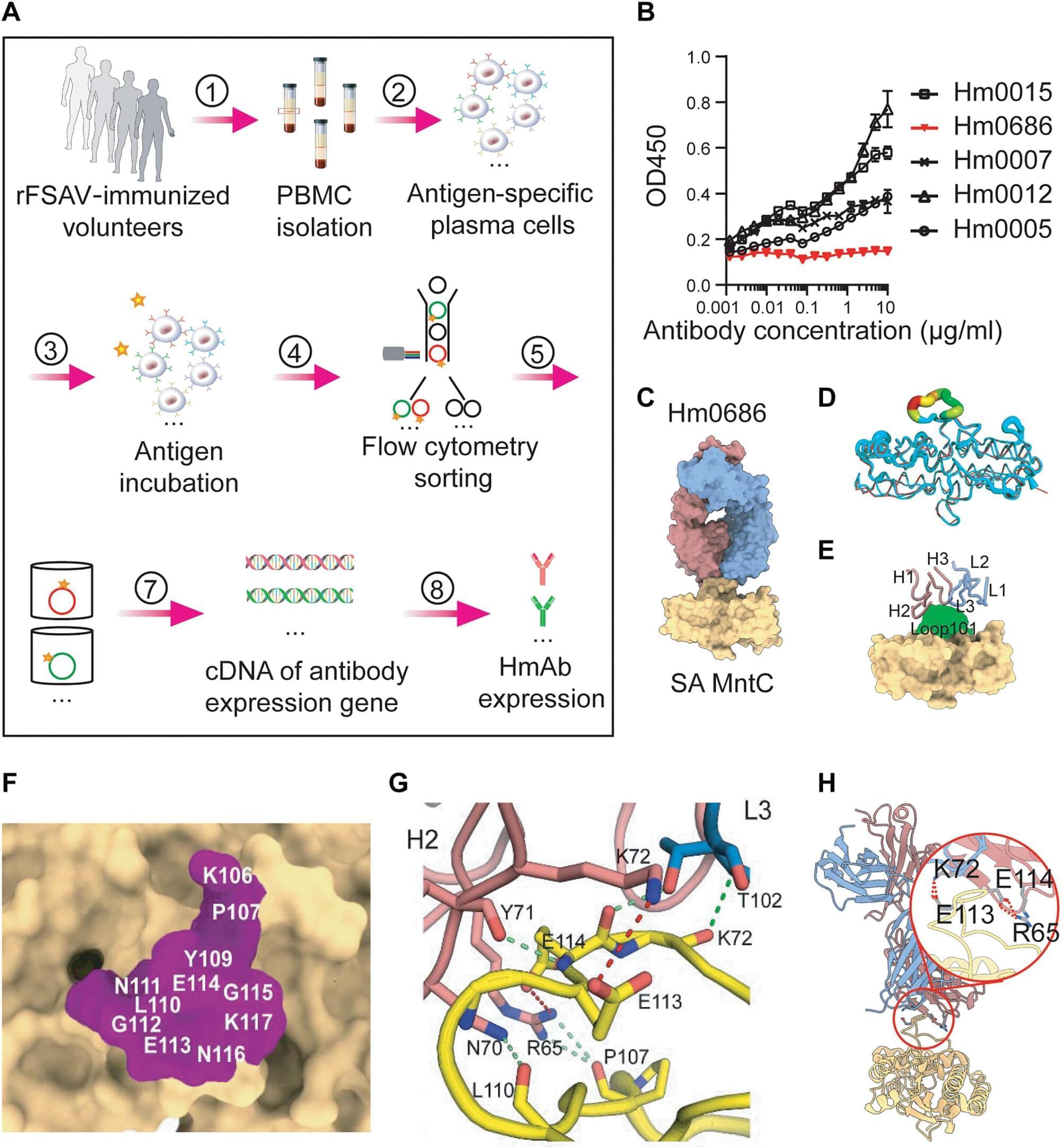
Antibiotics are the old medicine cabinet standby for treating infections caused by multidrug-resistant Staphylococcus aureus, but as antimicrobial resistance continues to mount globally, scientists say there’s a need for new strategies.
While vaccines are a potential answer, achieving an effective way to immunize against multidrug-resistant S. aureus has led scientists down dozens of blind alleys. Ten candidate vaccines that looked promising in preclinical animal studies in recent years failed miserably in human clinical trials.
Now, scientists in China are investigating a way to sidestep the myriad problems that plagued vaccine investigators in the past by choosing not to target a whole antigen. Instead, they say, it’s time to home in on a critical “surface loop” as a vaccine target. The infinitesimal loop is located on the S. aureus antigen known as MntC.

The anterior insular cortex (aIC) is an important brain region known to contribute to the regulation of emotions, the integration of bodily sensations, decision-making and some other functions. Past studies have linked this brain region to some neuropsychiatric disorders characterized by unusual patterns of thinking and behavior, including autism spectrum disorder (ASD) and depression.
However, the precise cellular and neurobiological processes via which the aIC might contribute to ASD and depression have not yet been clearly elucidated. Some neuroscientists have been exploring the possibility that microglia, immune cells that play a role in eliminating damaged cells and pathogens, could play a role in some of the behaviors linked with these two neuropsychiatric disorders.
Researchers at Tsinghua University recently carried out a study involving mice, aimed at investigating the possibility that microglia in the aIC play a part in some of the symptoms of ASD and depression. Their paper, published in Molecular Psychiatry, identifies two distinct subtypes of microglia that appear to contribute to autism-like and depression-like behavior in mice.

EPFL researchers have developed a powerful method to generate brain-wide, biologically realistic wiring maps of the mouse brain. Their approach bridges experimental data with mathematical and computational modeling to simulate how neurons connect across the entire brain.
The study is published in the journal Nature Communications.
One of neuroscience’s greatest challenges is understanding how the brain is wired. Even with modern imaging tools, it has been a challenge to create detailed maps that show how the brain’s billions of cells (neurons) connect, not just with their local “neighbors” but also to other, more distant cells in the brain.

One of the defining features of humans is our brain’s remarkable capacity for language, planning, memory, creativity, and more. These abilities stem not just from our large brain size, but also from the folded structure of the brain’s outer layer, the cerebral cortex.
A new study, published in the journal Nature Communications, offers insight into how these wrinkles form, pointing to a range of contributing factors—including the number of early-stage brain cells, how they migrate during development, and the specific types of cells involved.
These findings may help guide future research into brain development, evolution, and health.